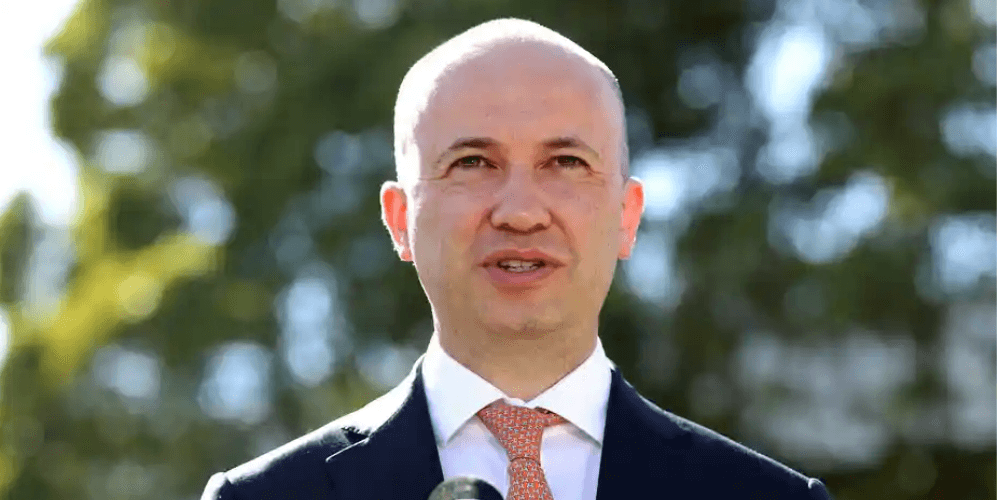State governments in Australia will work together to achieve net zero emissions
In This Article
Here is the net zero emissions policy update.
New South Wales, South Australia, and the Australian Capital Territory will form a net-zero-emissions policy forum.
Three state and territory governments have signed a “unprecedented” cross-party agreement to assist one another in achieving net zero greenhouse gas emissions.

The collaboration, known as the net zero emissions policy forum, will help sub-national jurisdictions address the practical challenges of achieving net zero emissions, according to the Coalition and Liberal Party governments in New South Wales and South Australia, as well as the Labor-Greens administration in the ACT.
The move comes ahead of a cities and regions day at the Cop26 climate summit in Glasgow, and is the latest by lower levels of government in the absence of stronger federal action.
The statement comes after the Morrison administration was widely chastised for publishing a net zero plan that includes no new legislation to reduce greenhouse gas emissions as quickly as scientists believe is required. For more than a third of the abatement job, it instead relies on unidentified technological advances, global trends, and carbon offsets.
Prime Ministers Boris Johnson of the United Kingdom, Narendra Modi of India, and Scott Morrison of Australia walk together during the UN Climate Change Conference (COP26) in Glasgow, Scotland, on November 2, 2021.
Five things you need to know about Cop26 so far: cautious optimism and Australia on the periphery. Other sub-national governments from around the world are expected to join the association, which will exchange policies and resources and collaborate to accelerate the transition.
“Taking action on climate change is an economic and environmental imperative, and this is about ensuring states and territories are working together to confront it,” said Matt Kean, the NSW treasurer and energy minister.
“Greenhouse gas emissions know no borders, and combating climate change requires a global collaborative strategy, which is exactly what this meeting is about.”
Andrew Barr, the Chief Minister of the Australian Capital Territory and Minister for Climate Action, said the forum members were urging their counterparts in other state and regional governments to take strong action to solve the climate problem.
“We have some of the most significant levers such as transportation, buildings, and energy,” he said, adding that “sub-national governments have a vital role to play in getting to net zero emissions.”
South Australia’s environment and water minister, David Speirs, said they were pushing other state and territory governments to join “in order to help build the low-carbon employment and businesses of the future while ensuring we leave a better planet to our children and grandkids.”
The forum is a project of the Under2 Coalition, which brings together sub-national governments to reduce greenhouse gas emissions. It will be guided by a ministerial group, with NSW serving as chair for the first year.
Australia will not join a group of almost 40 countries that have pledged to phase out coal power by 2030.
The Australian government has refused to join the 40 countries that are phasing out coal, claiming that it will ‘wipe out industries.’ Angus Taylor, the minister for energy and emissions reduction, made the statement as he closed up his time at the Glasgow conference. In the second week of the fortnight-long summit, Australia’s ambassador for the environment, Jamie Isbister, is leading the group.
Chris Bowen, the opposition’s climate spokeswoman, was asked on Sunday if a federal Labor government would work with states and territories to accelerate the transition to net zero emissions.
Prior to the Glasgow conference, the federal Labor Party was cautious about its climate policy, including the degree of carbon reductions it would commit to by 2030 if it won the upcoming federal election.
Bowen, on the other hand, noted that while the federal Labor Party built its position, the states and territories’ aims will be a role.
“Of course, we’ll take into account and weigh in not only state government targets, which vary in degree across the board, but also the strategies they have in place to achieve those,” he told ABC’s Insiders program.
“I would presume it’s incorporated in as well in the government’s modeling, in their 30 percent to 35 percent forecast (of a reduction in emissions by 2030 from 2005 levels), but we don’t know since we haven’t seen the modeling.”
Bowen also hinted that the opposition was considering modifications to the current safeguards framework, which was enacted by the Coalition as a tool to keep industrial emissions from rising.
The Morrison administration has maintained the same 2030 emissions target established by Tony Abbott six years ago – a 26-28 percent reduction. According to scientists, global emissions must be cut in half by then to keep the chance of reducing global warming to 1.5 degrees Celsius alive.

